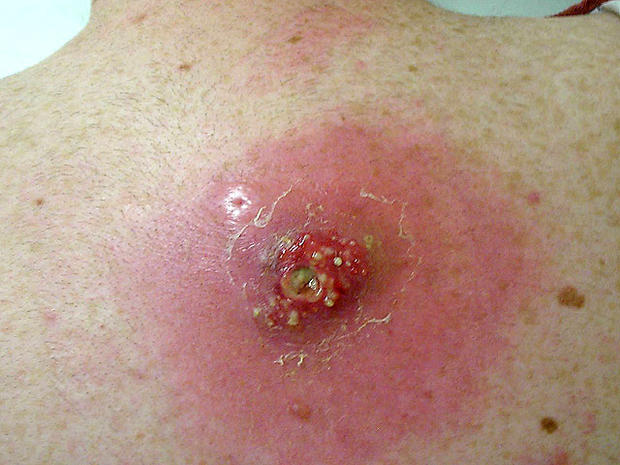The practitioner should deliver aftercare instructions at the end of a laser tattoo removal session. these instructions are integral to attaining quality tattoo fading without skin texture change, infection, or other unwanted side effects.. While laser tattoo removal is deemed as safe, some have adverse reactions ranging from change in skin texture, scarring, pigmentary changes and some can also have allergic reactions. if you have certain skin conditions, it is best to get the opinion of your practitioner before going in for tattoo removal.. Laser tattoo removal for dark skin types requires a q-switched 1064nm nd:yag laser, which is the safest laser for tattoo removal in patients with darker skin types. other tattoo removal lasers (such as a 532nm and 755nm laser) can target the melanin (pigmented cells) of the skin, which can result in scarring and pigment changes on the skin..
Before the development of laser tattoo removal methods, common techniques included dermabrasion, tca (trichloroacetic acid, an acid that removes the top layers of skin, reaching as deep as the layer in which the tattoo ink resides), salabrasion (scrubbing the skin with salt), cryosurgery and excision which is sometimes still used along with. Experience the best skin care, massage, and laser treatments for men and women with skin renew. serving indianapolis with expert facials , massage , acupuncture , nail care , care for brows and lashes , laser brown spot removal , and tattoo removal .. Laser tattoo removal works by breaking up the ink particles that are in the skin. in traditional lasers, such as q-switch, photothermal action is delivered to the pigment of the tattoo, as well as the surrounding tissue, to break up the ink particles into smaller particles..





0 komentar:
Posting Komentar